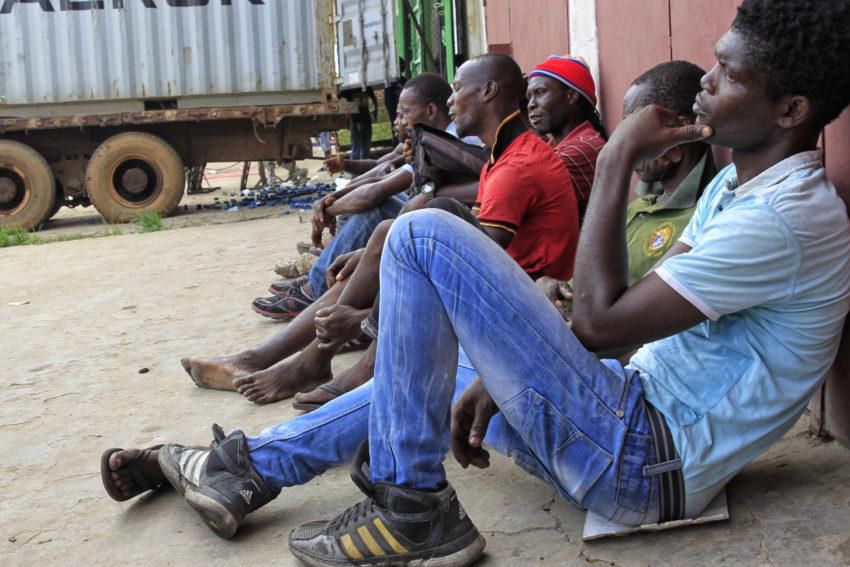Report reveals 850,000 Ghanaians pushed into poverty by gov't debt and market closures
)
The study revealed that in 2022, approximately 850,000 Ghanaians, with a majority being women, fell into extreme poverty. This unfortunate situation was attributed to various factors, including soaring government debt levels and the closure of international markets to Ghana.
Conducted in October 2023, the research unveiled the aftermath of Ghana's gradual recovery from the COVID-19 pandemic in 2021.
Despite this recovery, a significant portion of the population found themselves vulnerable to inflationary pressures, resulting in a significant rise in the cost of living.

The economic landscape was further strained by the depreciation of the cedi, triggered by high government debt and global disruptions to the supply chain due to conflicts like the war in Ukraine. Given Ghana's heavy reliance on imports, these factors collectively fueled inflationary pressures, pushing nearly 850,000 individuals into poverty due to escalating prices.
By October 2023, the inflation rate had soared to an average of 35 percent. Particularly hard-hit were essential items like food, non-alcoholic beverages, health services, housing, water, electricity, transport, and education.
“While the economy had slightly recovered from the pandemic in 2021, high levels of government debt, the closure of international markets to Ghana, and global disruptions to the supply chain as a consequence of the war in Ukraine all led to a steep depreciation of the cedi (ITA, 2023).
“Considering the country relies heavily on imports, the situation resulted in high inflationary pressure. In 2022, nearly 850,000 Ghanaians were pushed into poverty due to rising prices (Kwakye et al., 2023: 44).
“By the time this research was conducted (October 2023), the inflation rate averaged 35 per cent. It was particularly high for food and non-alcoholic beverages (+45), and other necessities like health services (+28), housing, water and electricity (+25), transport (+25), and education (+13) (GSS, 2023a:7).”
The report highlighted that informal workers bore the brunt of this cost-of-living crisis, constituting 89 percent of the national workforce, with 83 percent in Accra alone.
These workers, lacking access to critical safety nets such as pension schemes, poverty relief programs, cash transfers, and microfinance initiatives, were left particularly exposed to economic shocks.
)
)
)
)
)
)
)
)
)
)
)
)
)
)
)
)